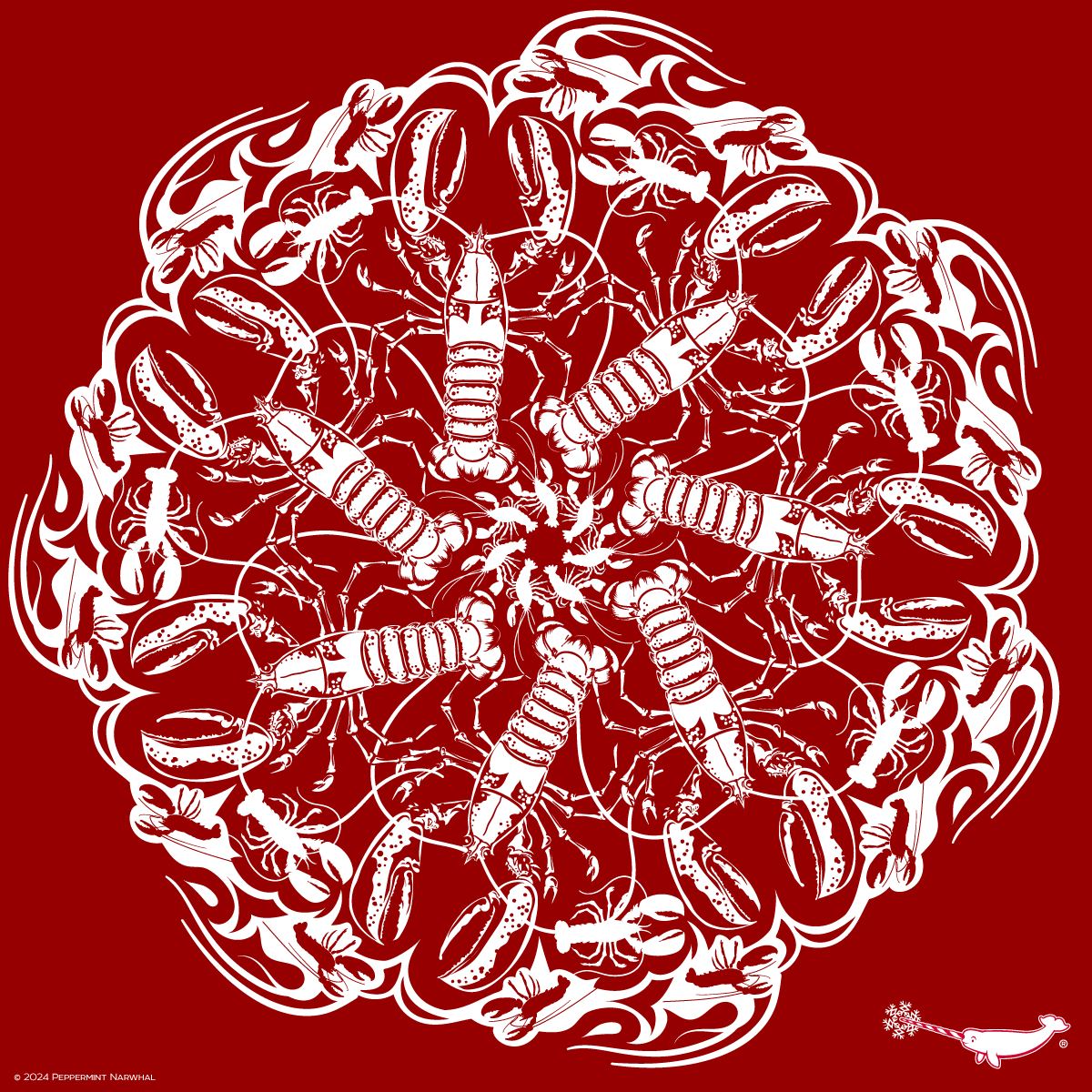– The biology and life cycle of the American Lobster (Homarus americanus)
– The commercial importance and sustainability practices in lobster fishing
– The impact of climate change on lobster populations and habitat
– Conservation efforts and regulations to protect the American Lobster
– The importance of the American Lobster in marine ecosystems
The American Lobster, Homarus americanus, stands as a critical species within the marine ecosystems along the Atlantic coast of North America. This crustacean’s journey from the ocean’s depths to the dinner plate is a complex tale of biology, ecology, and human interaction. Not only does the American Lobster play a vital role in marine ecosystems, but it also supports a significant commercial fishing industry. This article explores the biology, economic importance, and conservation challenges surrounding this fascinating species.
Homarus americanus is notable for its indeterminate growth; it continues to grow as long as it lives, leading to some individuals reaching impressive sizes. One of the largest documented specimens, which tipped the scales at 44 pounds, was caught off Nova Scotia in 1977. The species undergoes a molting process, shedding its exoskeleton to allow for growth, a vulnerable period when it relies on its environment for protection. As nocturnal hunters, American Lobsters feed on various marine organisms, showcasing their adaptability and role as apex predators within their habitat.
The commercial value of the American Lobster cannot be overstated. It supports a sizable industry across several U.S. states and Canadian provinces, making it crucial for economic activity in many coastal communities. Sustainable fishing practices are essential to ensure the long-term viability of lobster populations, which face pressures from overfishing and habitat destruction. Implementations of size limits, protected areas, and limited fishing seasons are examples of efforts to balance economic gain and ecological integrity.
Climate change presents another significant challenge for the American Lobster. Rising ocean temperatures and changing sea conditions affect the distribution and abundance of lobsters, shifting populations northward and impacting traditional fishing areas. Furthermore, ocean acidification, resulting from increased CO2 emissions, threatens the development and survival of larval lobsters, potentially altering the species’ demographic makeup and future sustainability.
Conservation efforts to protect Homarus americanus involve regulations, scientific research, and community-based initiatives. These efforts seek to preserve lobster populations and maintain the health of the broader marine ecosystems they inhabit. International cooperation and adherence to scientific guidelines are paramount in these endeavors, as the species does not recognize national boundaries.
Understanding and preserving the American Lobster is crucial for the health of Atlantic coastal ecosystems. This species’ significance extends beyond its commercial value, playing a key role in the marine food web and serving as an indicator of the health of marine environments. The American Lobster is an emblematic species that requires our attention and care to ensure its survival and the sustainability of the ecosystems it supports.
As we engage more deeply with the challenges facing Homarus americanus, it becomes clear that a coordinated approach to conservation, informed by robust scientific research and sustainable management practices, is essential. The story of the American Lobster is a compelling narrative of adaptation, resilience, and interconnectedness in the face of ongoing environmental change. Through continued effort and commitment to sustainability, we can help ensure this iconic species remains a thriving part of our marine heritage for generations.
*****
Source Description
ZOOFLAKE – American Lobster
The American Lobster (Homarus americanus) is native to the Atlantic coast of North America, from Labrador to New Jersey. This species has been popularized as a result of its commercial fishing value. The species exhibits indeterminate growth, meaning the older it gets, the larger and heavier it can attain. A 44-pounder (20kg) was caught off Nova Scotia in 1977 and holds the Guinness Book of World Records for the largest ever recorded. As the lobster grows, it goes through molting, where it sheds its old exoskeleton instead of a new one underneath. The American Lobster is a nocturnal hunter who feeds on fish, crabs, clams, mussels, sea urchins, and sometimes even smaller lobsters!
–
NEW collectible enamel pin series featuring the world’s only egg-laying mammals, the monotremes, including the platypus and the echidnas.
Pledge Now! – https://rb.gy/0lw7he
Search “Monotremes” or “Peppermint Narwhal” on Kickstarter.
The campaign runs now through Feb. 4, 2024.
Shop www.peppermintnarwhal.com

